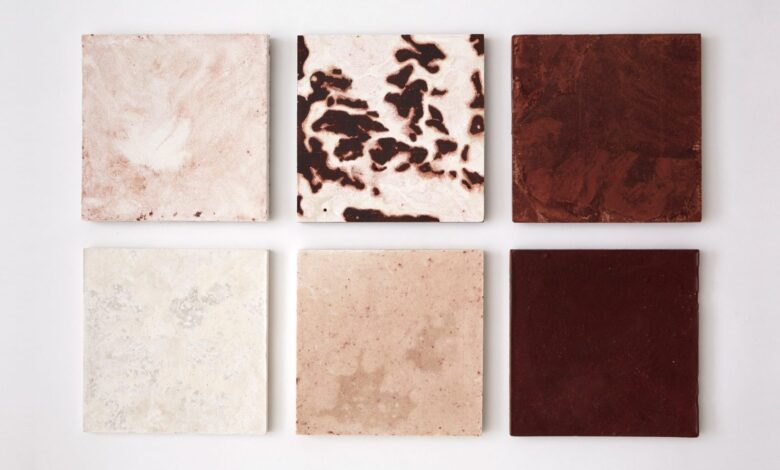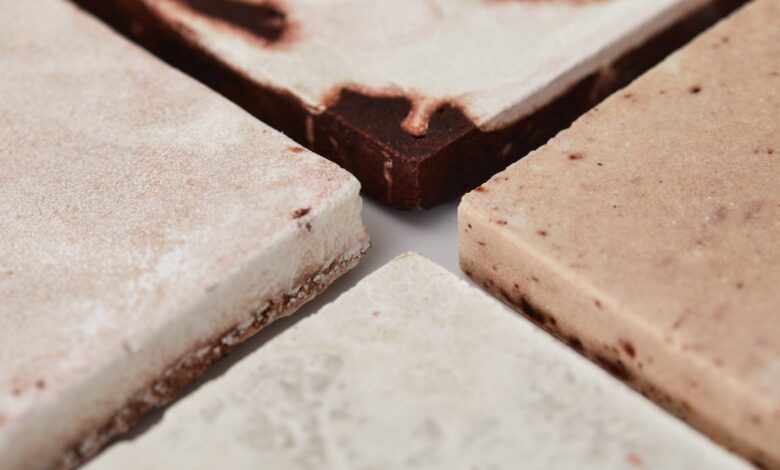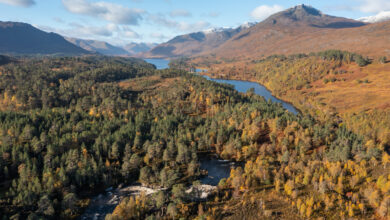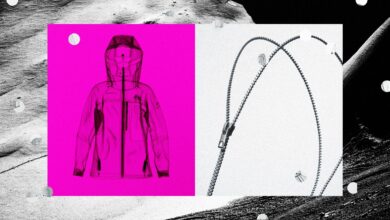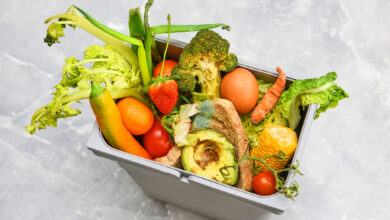The material can take on a range of different finishes. Photo Credit: LVMH
Technology United KingdomBio-Concrete: How “Hazardous Waste” Could Become Ecological
Two designers in the United Kingdom have taken it upon themselves to turn invasive species into raw material for bio-concrete, thus turning hazardous waste into an economic and environmental value.
“We live in a moment when there is no time to question if something should be sustainable; I think our generation understands the need for a sustainable future,” says Irene Roca Moracia. “However we think this is not enough if we really want to make a change. So we wanted to create a positive impact — a regenerative material.”
The Japanese knotweed and the American signal crayfish cause a lot of damages, and the removal of these non-native species costs around $2.4 million every year, after which they are labeled as hazardous waste. But change seems to be on the horizon: as part of the Maison/0 graduate program commissioned by the LVMH group in developing sustainable alternatives to current building materials, the bio-concrete developed by Brigitte Kock and Moracia use knotweed as an ash binder and pulverized crayfish shells as an aggregate in lieu of rocks or sand. Once combined with water and gelatine, the mixture hardens without added heat or coloring. Through this process, the “ecologically hazardous” species become sustainable and beneficial, giving us eco-tiles in natural colors ranging from mint green to burgundy.
